
May 27, 2020
In the digital world,
you have to deliver customer success not just customer service
As Clayton Christensen taught us in The Innovator’s Dilemma, a person doesn’t want a ¾ inch drill bit (product) they want a ¾ inch hole (outcome). Unfortunately, today most companies still talk more about their product’s features and benefits rather than the outcomes they will enable their customers to achieve.
The traditional marketing playbooks still advocate studying what products and services customers are currently buying to try and figure out what their next purchases will be. They also emphasize scanning customer service requests to identify where current products can be improved. As such, I think it is worthwhile to draw clear distinctions between customer success and customer service as shown on the chart below:
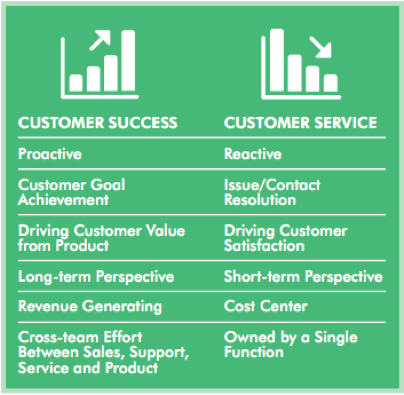
Customer success is a proactive strategy for understanding and supporting your customers’ desired business outcomes while customer service is a reactive tactic that focuses on fixing problems in order to keep customers satisfied.
Trial based marketing vs. outcome based marketing
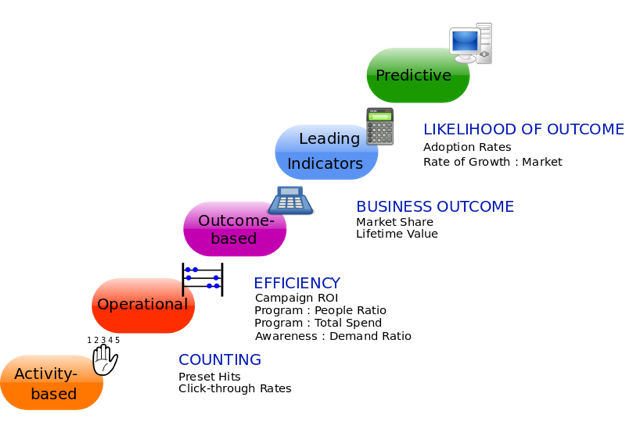
Traditional marketing is primarily about stimulating product or service trial. As the old Life Cereal television commercial said, “Mikey likes it.”
In the digital world, trial is replaced by what a prospect or customer can learn about your product or service and what their friend’s experience has been with it before they are motivated to purchase it.
To successfully compete and grow your business in this environment, you need to start with the outcome the customer wants to achieve and build a go-to-market game plan to drive the adoption and utilization behaviors necessary to achieve that desired outcome.
Re-Crossing the Chasm: A customer success based adoption & utilization playbook
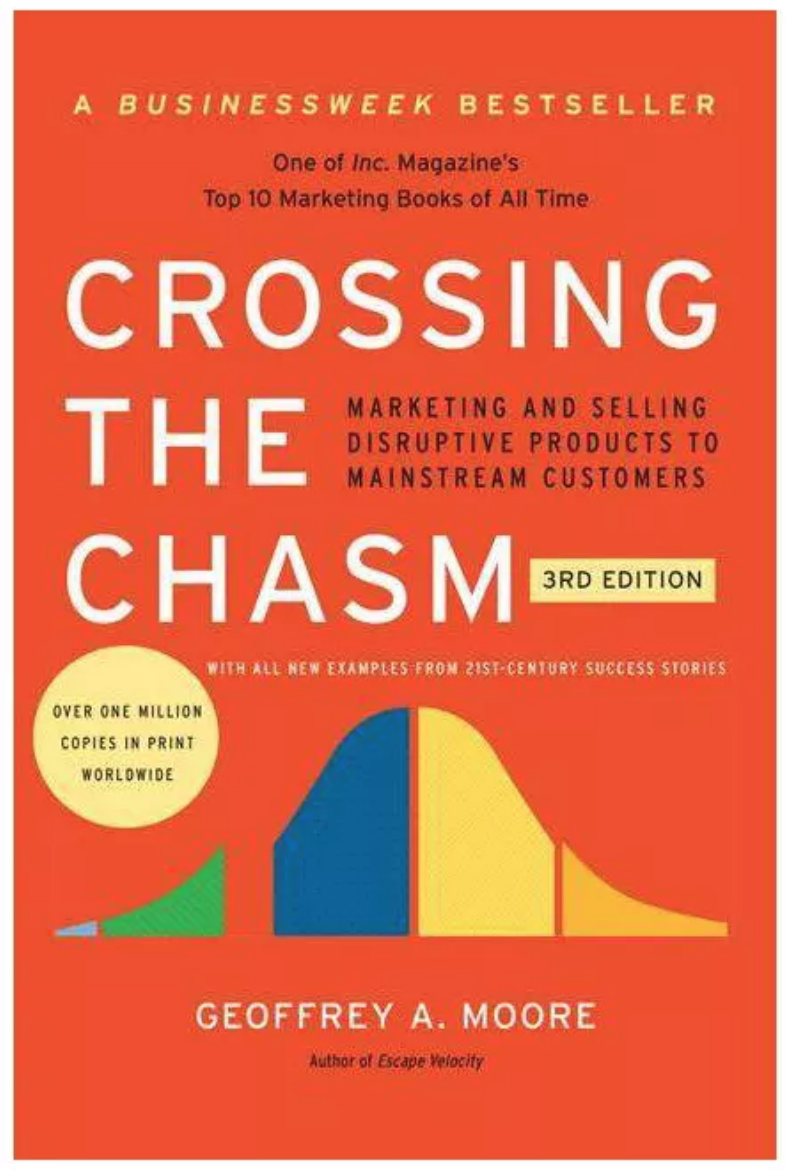
Back in 1991, when my brother Geoffrey first wrote Crossing the Chasm, the primary challenge for startups was to “break into” established markets that were populated by well entrenched competitors with long standing customer relationships.
Today the challenge for well established companies is to fight their legacy cultures and behaviors to let go of traditional customer service/satisfaction playbooks and embrace new customer success playbooks. This shift entails moving from a company driven sales model to a customer driven consumption model.
We call this challenge “Crossing the Chasm in the Belly of a Whale.” Simply put, cultural habits and behaviors good or bad are very hard to break unless you can identify and adopt some “new rituals” to change them.
It is not news that different customers want different outcomes. The challenge becomes enabling your target customer to successfully achieve the outcome they desire.
The new COVID-19 world is redefining what customer success looks like at an unprecedented pace. Whether it’s from in-person doctor visits to tele-medicine, from going to the movies to streaming at home, from eating at restaurants to curbside pickups, or from going to the gym to home workouts, customers are beginning to radically shift their success criteria to deliver those new desired outcomes. The chart below highlights more examples of this change in customer behavior and expectations.
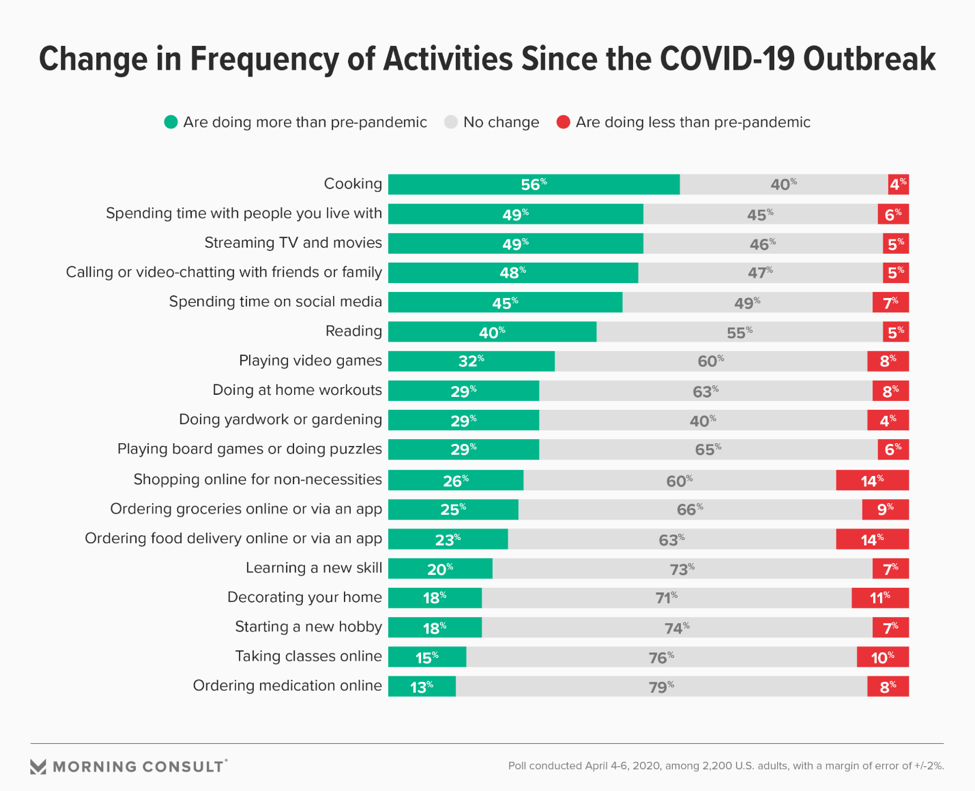
What we’ve learned over the past 30 years is that when a new technology enabled product or service is introduced, the market self-segments into three customer groups. Each segment has its own definition of success.
- Early Adopters & Visionaries are motivated by a desire to buy ahead of the crowd for competitive advantage and personal “I’m first” bragging rights. They are more than happy to start with a minimum viable product (MVP) and provide input and feedback on how it can make their desired outcome even better.
- Pragmatists buy with the crowd and want a whole product that helps them achieve their desired outcome or fix a critical problem they want resolved. Don’t use early adopters as reference customers as their desired outcome is very different than that segment. They need to see fellow pragmatists, who are trying to achieve similar outcomes, adopting and utilizing the product or service.
- Conservatives buy after the crowd when they can get the best price/value outcome from adoption and utilization. They want to see multiple use case examples and be able to select the preferred provider, typically the market leader, as the one most likely to deliver their desired outcome.
Preview of coming attractions
The next stage of successfully delivering successful customer outcomes involves deploying our 9 Step Go-to-Market Playbook shown below. This will be the focus of my follow up blog in June.
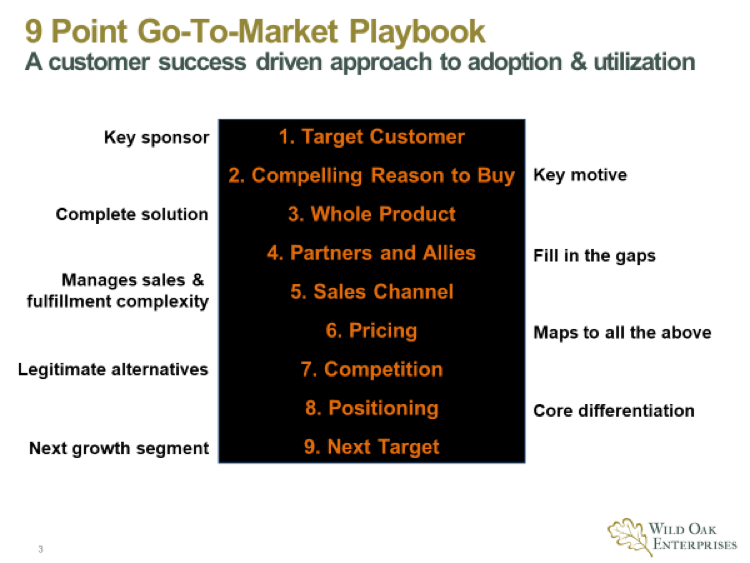
As always, I am interested in your comments, feedback and perspectives on the ideas put forth in this blog. Please e-mail them to me here. And, if this content could be useful to someone you know please share it here:


